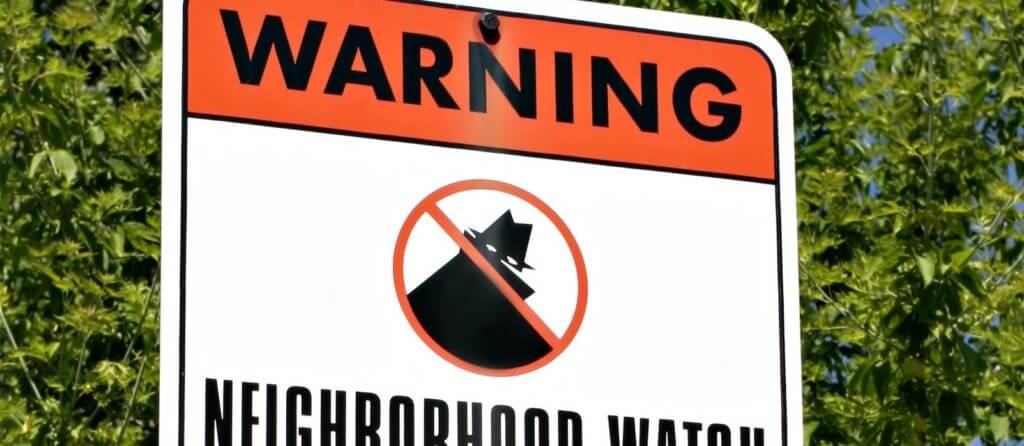
Your Chance of Becoming a Crime Victim
An individual’s chance of becoming a crime victim (of a violent crime or a property crime), revealed for each neighborhood in the U.S., as well as for each city and state.
When it comes to data, there is often a disconnect between the numbers on a chart and the actual impact those numbers represent. This is especially acute for crime data, where people often miscalculate their actual chance of becoming a crime victim.
“We’re making data more personal,” says Dr. Andrew Schiller, CEO & Founder of Location, Inc., the parent company of NeighborhoodScout. “To help people understand their actual chances of becoming a victim of crime, we show them odds they can understand – in other words, we provide another way of representing the crime rate per 1,000 population.”
Imagine the Total Violent Crime Rate per 1,000 residents for East St. Louis, IL (population: 26,790) and Boston (population: 667,137). Before even looking at the data, one might assume that the chance of becoming a victim of violent crime would be higher in Boston.
The data reveals the opposite: The Total Violent Crime Rate of East St. Louis, IL significantly exceeds that of Boston (33.18 in East St. Louis vs. 7.15 per 1,000 residents in Boston). These statistics alone, however, don’t completely drive home the crime risk. (See image below).

“We realized that in order to make these data more personal and relatable, we had to go a step further,” says Dr. Schiller. “For example, we show that your chances of becoming a victim of violent crime in East St. Louis, IL are 1 in 30; this is actually much higher than in Boston, where the chance is 1 in 140,” explains Dr. Schiller. “Now, everyone can understand that the smaller the ratio, the more dangerous the city is. By offering another way of representing the Crime Rate Per 1,000, we have made the data more personal, understandable, and meaningful.”
It’s important to note that that other circumstances can increase or decrease one’s chances of becoming a victim of a crime. “Being aware of your surroundings can reduce your risk,” says Dr. Schiller. “Also, avoid being out on the street during late hours, and of course, being involved in illegal activities.”

Key Takeaway:
Showing the chances of becoming victim of crime as a ratio – another way of representing the Crime Rate Per 1,000 – makes the data more personal, understandable, and meaningful.























